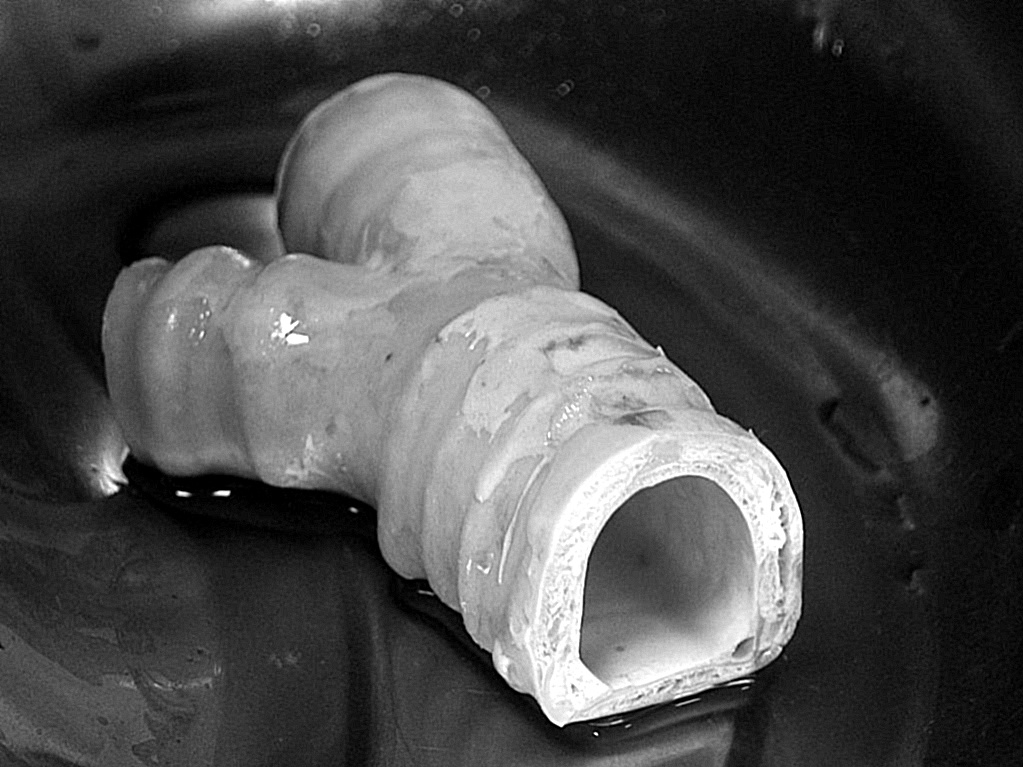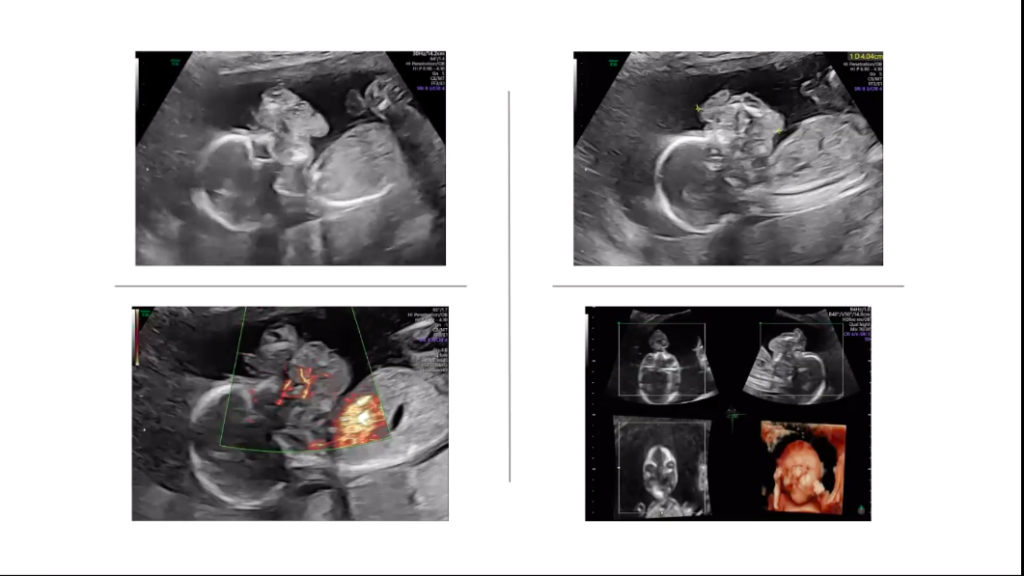[tab_nav type=”two-up”][tab_nav_item title=”Clinical Case” active=”true”][tab_nav_item title=”Answer” active=””][/tab_nav][tabs][tab active=”true”]
While working in a local hospital outside of Port-au-Prince, Haiti you were called to the Emergency Department to see a 54 yo M in significant respiratory distress.
A previously healthy 54 year-old Haitian farmer presented with 2 days of generalized body pain and frequent muscle spasms, predominantly in the mid-back. The symptoms started 21 days after suffering a minor splinter puncture wound to the dorsum of his right foot. The spasms were associated with progressive dyspnea and severe pain that confined him to bed. Prior to this episode he had no significant medical problems in the past.
Triage vitals were notable only for tachypnea and physical exam demonstrated generalized rigidity associated with frequent and recurrent spasms of the back, arms and legs, each lasting several seconds, causing the patient to arch his back and extend his four limbs. He was conscious, able to communicate and gingerly follow commands, but would abruptly stop speaking and briefly appear to become apneic during each spasm. The lungs were clear, precordial exam and bowel sounds were normal, but brief neurological examination revealed absence of patellar and brachioradialis reflexes bilaterally. Facial motor function was normal. A healing wound that did not appear infected was visualized around the pulp of the right 5th toe.
A clinical diagnosis of generalized tetanus was made and the patient was sent to the ICU for monitoring.
As you stand at the side of the bed realizing that the only exposure you have to tetanus is a Wikipedia article, a multitude of questions enter your head: What symptoms should you prepare for? What medicine should you start immediately? What complications should you monitor for?……….
[/tab]
[tab]
Background Information on Tetanus:
- Rare (0.1 cases per million in the U.S.) in developed countries, but common (estimated 1 million annually).
- Occurs when tetanospasmin is produced by Clostridium tetani, which releases spores in damaged tissues. An inciting factor (foreign body, gunshot wound, surgical instrumentation, ischemic tissue) leading to inoculation must occur.
- Inoculation can range from days to months; the severity of clinical presentation typically correlates inversely with time from the inciting event (shorter incubation period = more severe disease and vice versa).
Signs/Symptoms:
- Tetanospasmin (aka tetanus toxin) permanently binds to neuronal receptors in the central nervous system, limiting signals from the motor cortex.
- Tetanus often begins with mild spasms in the jaw muscles (lockjaw). The spasms can also affect the muscles of the chest, neck, back, abdominal muscles, and buttocks.
- Often respiratory muscle involvement can lead to breathing restrictions.
- The classic clinical presentation is opisthotonus (spasms of the back), increased muscle tonicity and intensely painful muscle contractions
- Tetanus often begins with mild spasms in the jaw muscles (lockjaw). The spasms can also affect the muscles of the chest, neck, back, abdominal muscles, and buttocks.
- When autonomic neurons are involved, dysautonomia can occur systemically, leading to dysrrythmias.
- Since the affected neurons are permanently bound and taken out of commission, signs/symptoms improve only after growth of new neurons, so patients should expect a very prolonged recovery period.
Treatment:
- The spasms are often stimulated by even minimal tactile, visual or auditory stimuli, so it is of vital importance to place the patient in a quiet area away from loud noises and to avoid any unnecessary manipulation.
- Frequent and liberal use of benzodiazepines, narcotics and muscle relaxants for palliation are the norm, but the patient must be monitored closely for airway compromise (due to both oversedation and upper airway closure from pharyngeal muscle contraction).
- Neuromuscular blocking agents also can be used when advanced airway managent (mechanical ventilation) is available, but care should be taken to monitor for worsening dysautonomia caused by the paralytic medication.
- Continuous infusion of magnesium has also shown to be beneficial.
- Neutralization of circulating toxin with tetanus immune globulin (HTIG) or human/equine tetanus antitoxin injection (if using equine antitoxin, test for hypersensitivity before administering the full dose),
- IV antibiotics: metronidazole 500mg IV TID or Penicillin G 2-4 million units q4-6 hours for 7-10 days
- Wound debridement/cleansing: The importance of proper wound care cannot be overstated since toxin release likely will continue without thorough cleansing
- Since severe cases of generalized tetanus often debilitate patients for weeks to months, aggressive physical therapy and early mobilization is beneficial
References
[/tab][/tabs]



